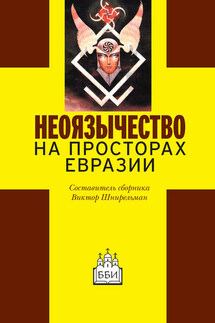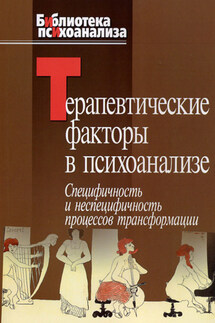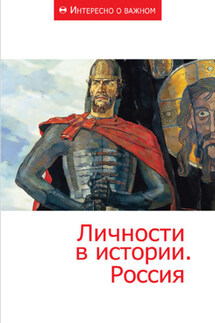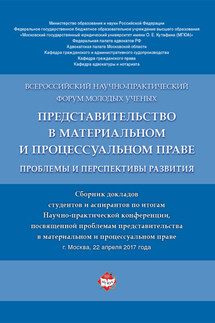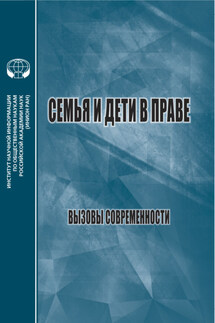Революции в России. Теория и практика социальных преобразований - страница 2
Lenin had taken note of this, and by the spring of 1918, famine ravaged the cities On his initiative, the Council of People’s Commissars introduced the “dictatorship of state subsistence,” the formation of the poor peasant committees. Many writers tend to wax theoretical about these spontaneous measures, as if Lenin had ventured upon these in line with a concept he had invented earlier; on some theoretical basis; or even with the assumption that some sort of special socialism or theoretical model could be erected on the basis of these actions. In fact, a political turn was outlined in May 1918, leading from a state-supervised mixed market economy to a dictatorship of state subsistence that swept spontaneously toward war communism. The latter, in the beginning, was determined and validated by the internal armed counterrevolution and interventionist military attacks.
On the other hand the conditions of war communism brought the notions of “transitional period” and “socialism” too close to each other in theoretical terms. Bukharin and Preobrazhensky’s The ABC of Communism gave a theoretical basis to the conflation of war communism (as a relatively integrated sequence of economic policy measures) and the realization of socialism as such. The work was a curious mixture of the mutually exclusive ideas of Soviet labor self-government and state socialism. These two famous Bolshevik writers attempted to “translate” the Marxist conception of socialism into the reality of war communism. It was as if the first stage of communism, the realization of socialism, was coming into a state of full development, and was able to transcend commodity and finance relations thanks to both unprecedented inflation and the forced measures of war communism:
But it is perfectly plain that we cannot believe State capitalism to be possible unless we also believe in the possibility of the socialist organization of economic life. The only difference between the two systems lies in this, that in one case industry is organized by the bourgeois State, and that in the other case it is organized by the proletarian State.11
Left unexplained was that the matter does not simply rest on state power, for in war communism the state as a military force of authority, as a “deterrent to class enemies through dictatorial” power, acted as the mainspring of the economy. This had no roots in any form of Marxist theoretical tradition from Marx’s own time, and even contradicted his period’s idea of socialism. Lenin was not so naive as to identify war communism with “complete socialism,” for he continued to believe that “as long as workers and peasants remain, socialism has not been achieved”.12 Moreover, he never deduced the concept of equality theoretically from the reality of war communism, using it only to refer to eliminating social class in economic terms, a final and indispensable requirement of the liberation from capital and achieving freedom. Lenin’s real theoretical mistake in 1919–1920 was that he overestimated the possibilities of socialization, of social supervision within the framework of nationalization, and underestimated the inveteracy of the market and money in a regulating role, a fact he later recognized. The “atmosphere” of the epoch, the romantic attitude of the civil war, was also expressed in war communism’s compulsory egalitarianism. The roots of this “primitive” egalitarianism ran deep in Red Army units and partisan brigades engaged in life-and-death combat with the Whites – a phenomenon picked up by innumerable literary works and films. War communism also influenced theory, which interpreted the “system” as socialism, despite that being suggestive of an anachronism – especially in light of the famous thesis of the “semi-state” in
